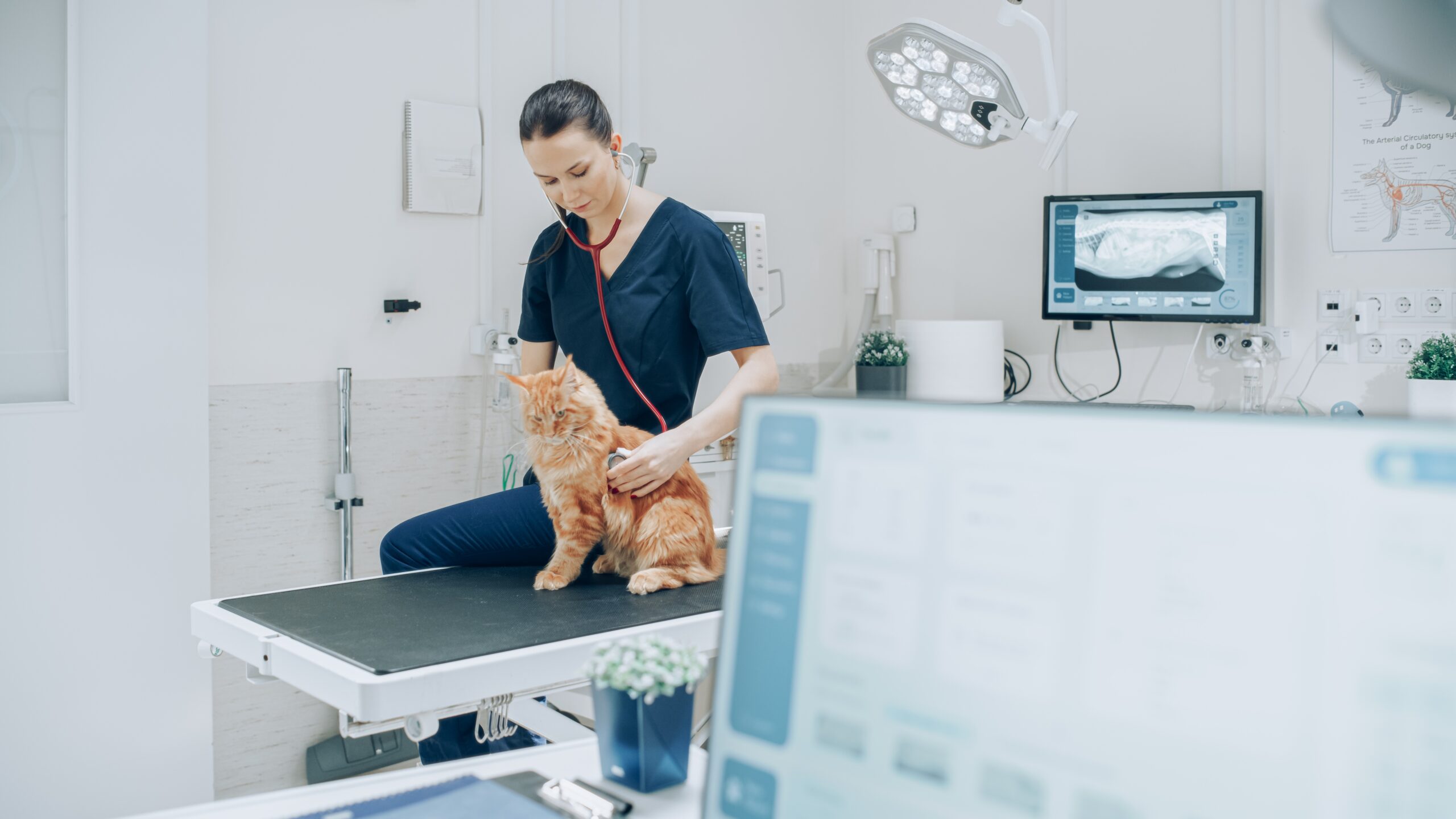In today’s fast-paced healthcare landscape, people expect instant gratification and streamlined processes. Patients want to receive quality care without waiting for hours in crowded waiting rooms, and that’s where patient queuing automation comes into play.
Patient queuing automation is the use of technology to manage patient queues in healthcare settings. By automating the patient queuing process, clinics and hospitals can reduce wait times, improve patient satisfaction, optimize the use of resources, and ensure better patient safety. It’s a win-win situation for healthcare providers and patients alike.
In the past, healthcare organizations relied on paper-based systems and manual processes to manage patient queues. These methods were inefficient and often led to long wait times, confusion, and frustration for patients. With the advancement of technology, clinics and hospitals have found ways to improve the patient experience by automating the patient queuing process.
Benefits of Patient Queuing Automation for Urgent Cares:
Improved Patient Satisfaction
One of the most notable benefits of patient queuing automation is the significant improvement in patient satisfaction. No one likes to wait for hours in a crowded waiting room, and automated patient queuing systems help to mitigate this problem by prioritizing patients based on their urgency and notifying them when their turn is approaching. By reducing the time patients spend waiting, they can receive timely care and leave the clinic feeling satisfied with their experience.
Efficient Use of Resources
Another critical benefit of patient queuing automation is a more efficient use of resources. Automated patient queuing systems help clinics optimize the use of their resources by allocating staff efficiently and reducing idle time. This, in turn, increases the number of patients served without increasing staffing costs, resulting in improved clinic operations and revenue.
Reduced Administrative Burden
Thirdly, patient queuing automation reduces the administrative burden of managing patient queues. With automated systems, the process of scheduling appointments, managing wait times, and notifying patients of any changes in their appointments becomes streamlined. The staff can focus more on patient care, and patients receive timely updates about their appointments, leading to greater convenience and satisfaction.
Improved Patient Safety
Automated systems ensure that patients are seen in the correct order, reducing the risk of errors and oversights. Medical history and information are accurately recorded and updated, and patients can receive more personalized care. These processes ensure that everyone receives equal attention, protecting your operational accuracy and your facility’s reputation with its local customer base.
Data Collection and Analysis
Lastly, patient queuing automation provides valuable data that can be used to improve the quality of care. Clinics can identify trends, monitor patient flow, and improve the efficiency of clinic operations. By collecting and analyzing data, urgent care decision-makers can enhance the patient experience and optimize their operations.
Choosing the Right Automated Patient Queuing Management System
Several technologies can be used to automate the patient queuing process, such as:
- Mobile appointment scheduling and management applications
- On-site patient check-in kiosks
- Virtual queuing systems
- Tracking systems
Choosing the right patient queuing automation solution is critical for urgent cares. Not all systems are created equal, and each healthcare facility has its own unique needs and requirements. Here are some important factors to consider when selecting the right patient queuing automation solution for an urgent care clinic:
- Customization: The patient queuing automation system should be customizable to fit the specific needs of the clinic. The solution should allow for the customization of patient information, appointment types, and wait time notifications.
- Integration: The system should be able to integrate with the clinic’s existing electronic health record (EHR) system, as well as other necessary software and hardware systems.
- Ease of Use: The system should be user-friendly, both for patients and staff. It should be easy to navigate, with clear instructions and intuitive interfaces.
- Scalability: The solution should be able to grow and adapt to the clinic’s needs, whether it is an increase in patient volume or the addition of new locations.
- Cost: The cost of the patient queuing automation solution should be reasonable and fit within the clinic’s budget. It is essential to factor in both the upfront costs and ongoing maintenance costs.
- Security: Patient data security should be a top priority when selecting an automation solution. The system should comply with industry standards and regulations, such as HIPAA as well as any other applicable state or federal laws.
- Support and Training: The vendor should provide comprehensive support and training to clinic staff on how to use the system effectively. This includes troubleshooting, software updates, and ongoing maintenance.
- Patient Feedback: It is essential to select a patient queuing automation system that allows patients to provide feedback on their experience. This feedback can be used to improve the system and overall patient satisfaction.
Elevate Your Patient Queuing with ER Express
At ER Express, we designed our digital patient queuing solution with both your staff’s and your patients’ experiences in mind. From low-contact access to digitized sign-ins, automated text communications, and more, you can better set and manage expectations at your urgent care with confidence that you can more effectively stabilize capacity and workload at your facility.
To learn more, schedule a demo with us today.




